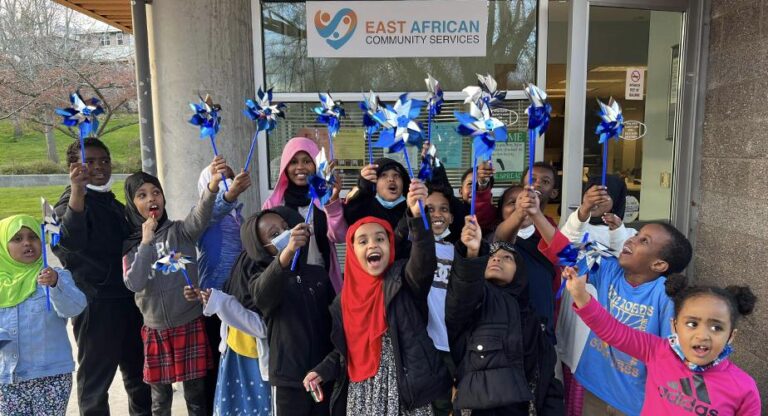The East African Community and the Eastern Congo Crisis
The East African Community (EAC) is a regional intergovernmental organization that plays a pivotal role in promoting economic integration and peace among its member states. Established in 2000, the EAC has six member states: Kenya, Uganda, Tanzania, Rwanda, Burundi, and South Sudan. However, the presence of ongoing conflicts in the Eastern Congo significantly affects the stability of the region.
Understanding the Eastern Congo Crisis
The Eastern Congo Crisis has its roots in a complex web of historical, political, and social factors. This crisis encompasses armed conflicts, human rights abuses, and mass displacement, impacting millions of civilians. Various militia groups operate in the region, often fueled by ethnic tensions and competition over mineral resources.
The Role of the East African Community
The East African Community has been increasingly involved in peacekeeping and conflict resolution efforts related to the Eastern Congo Crisis. Through diplomatic negotiations and dialogue, the EAC aims to foster peace among the conflicting parties. These efforts include joint military operations and strategic partnerships with international organizations.
Challenges Faced by the EAC
Despite its efforts, the EAC faces several challenges in addressing the Eastern Congo Crisis effectively. Political instability and differing national interests among member states hamper cohesive action and decision-making. Additionally, the lack of funding and resources inhibits the EAC’s ability to implement extensive peacekeeping missions.
Impacts on Regional Stability
The ongoing crisis in Eastern Congo has profound implications for regional stability, affecting trade, security, and humanitarian efforts across East Africa. As instability continues, it not only impacts the Congo but also spills over into neighboring countries. This increases the urgency for a concerted response from the EAC and its partners.
Looking Forward
Addressing the Eastern Congo Crisis necessitates a collaborative and multifaceted approach among the EAC member states. Long-term solutions must involve addressing the root causes of conflict, including poverty reduction and improving governance. By working together, the EAC can create a more stable and prosperous future for all its member states, fostering peace and development.
For more information on the East African Community and its initiatives, visit The Borgen Project.

